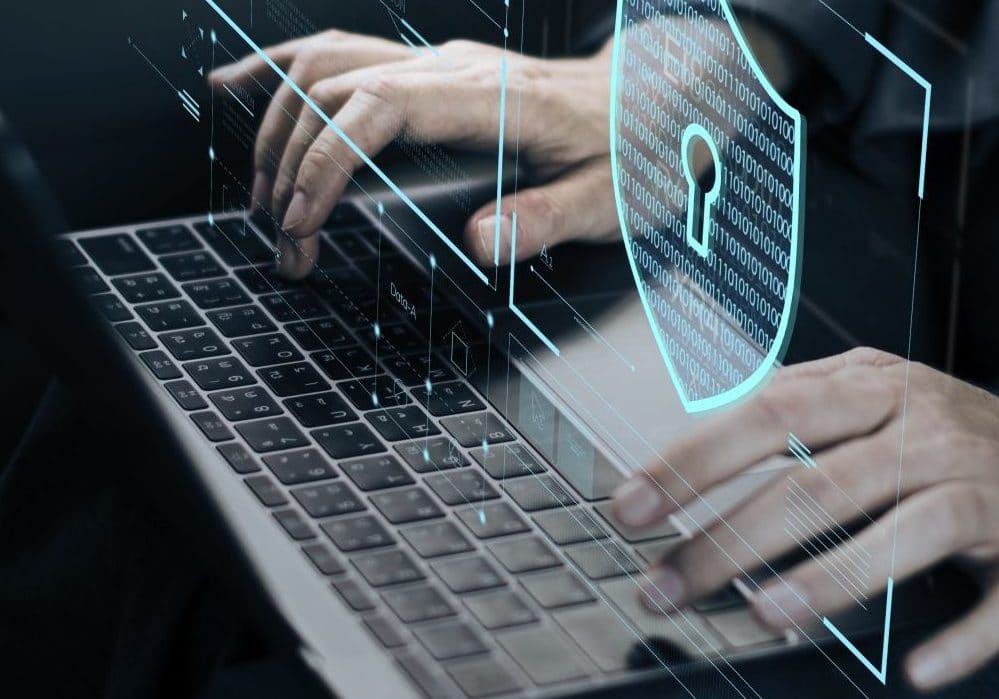Securing the Shifting Landscape of IoT

As the Internet of Things (IoT) continues to proliferate, the need to secure this interconnected world becomes increasingly important. With billions of devices generating vast amounts of data, vulnerabilities can have devastating consequences.
Traditional security approaches are often inadequate to address the unique complexity posed by IoT. Furthermore, the rapid pace of innovation in the IoT industry means that security frameworks must be agile to keep up with the constantly evolving threat landscape.
To effectively secure the IoT, a multi-faceted approach is required that encompasses comprehensive device authentication, data encryption, intrusion detection, and regular security patches. Moreover, fostering coordination between industry players, researchers, and policymakers is essential to develop and implement effective security best practices.
Connected Devices: Mitigating Risks in a Connected World
The swift growth of the connected devices presents both remarkable possibilities and inherent risks. As sensors become increasingly integrated, it's crucial to deploy robust security measures to safeguard sensitive data and mitigate potential vulnerabilities. Developing strong authentication protocols, continuously updating firmware, and encouraging training among users are essential steps in reducing the risks associated with this transforming landscape.
- Risk analysis should be conducted consistently to pinpoint potential flaws in the network.
- Privacy protection measures should be utilized to secure confidential informationduring transfer.
- Strong passwords can add an extra layer of defense by needing multiple forms of verification.
Fortress IoT: Building Unbreakable Defenses
In today's interconnected world, securing the vast and ever-expanding Internet of Things (IoT) landscape is paramount. Attackers are constantly seeking vulnerabilities to exploit, putting sensitive data and critical infrastructure at risk. Building a truly unbreakable IoT security posture requires a multi-layered approach that encompasses both technology and process.
One crucial aspect is implementing strong authentication mechanisms to verify the identity of devices and users attempting to access the network. Leveraging encryption protocols such as TLS/SSL helps safeguard data transmission, ensuring confidentiality and integrity. Furthermore, regular security audits are essential to identify and address potential weaknesses before they can be exploited.
- Additionally, it is vital to implement robust endpoint security measures on all IoT devices. This includes deploying up-to-date antivirus and establishing secure boot processes to prevent unauthorized modifications to device firmware.
- Moreover, fostering a culture of cybersecurity awareness among users is crucial. Educating individuals about potential threats, best practices for password management, and the importance of reporting suspicious activity can significantly enhance overall security posture.
Concurrently, building an unbreakable fortress in the IoT landscape requires continuous vigilance, proactive threat detection, and rapid response capabilities. By adopting a holistic approach that encompasses technology, process, and human factors, organizations can effectively mitigate risks and safeguard their valuable assets in the interconnected world.
Smart Security for Smart Devices: Protecting the IoT Ecosystem
The Internet of Things (IoT) revolutionizes our lives with interconnected devices that automate tasks and provide valuable insights. However, this expanding ecosystem exhibits unique security challenges. As smart devices become more ubiquitous, securing them against malicious actors is paramount to safeguarding user privacy and protecting critical infrastructure. Implementing robust security measures, such as multi-factor authentication, encryption protocols, and regular software updates, is crucial for mitigating risks within the IoT landscape. Furthermore, fostering a culture of cybersecurity awareness among users facilitates responsible device usage and helps create a more secure environment for all.
Safeguarding Sensitive Information within IoT|
The explosive growth of the Internet of Things (IoT) presents immense opportunities but also poses significant threats to data integrity and confidentiality. As interconnected devices gather and transmit vast amounts of critical information, ensuring its security is paramount. Vulnerabilities in IoT systems can be exploited by malicious actors to access this data, leading to privacy violations, financial losses, and even physical harm. Robust measures are essential to mitigate these risks and protect the confidentiality of IoT data.
- Deploying strong authentication mechanisms is crucial to verify the identity of connected devices and prevent unauthorized access to sensitive information.
- Encryption techniques should be employed to safeguard data both in transit and at rest, ensuring that it remains confidential even if intercepted.
- Regularly updating IoT devices with the latest security patches is essential to address known vulnerabilities and prevent exploitation.
Furthermore, stringent data governance policies and procedures are necessary to define access controls, data retention policies, and incident response protocols. By implementing these best practices, organizations can effectively protect data integrity and confidentiality in the dynamic and evolving landscape of IoT environments.
Essential Cybersecurity Tips for IoT Devices
Protecting your IoT devices from cyber threats is paramount. To ensure robust cybersecurity, implement these best practices: frequently patch your devices' firmware, get more info use unique passphrases, and enable multi-factor authentication wherever possible. Limit data sharing to authorized users and devices, and activate security software to monitor and block suspicious activity. Regularly check device logs for any signs of compromise, and research cybersecurity best practices to stay ahead of evolving threats.
- Protect personal details
- Beware of email scams
- Protect your online activities